
If you’re on this website then you’re probably already familiar with the Queen’s Guard, and indeed the Household Division. If you are, then this information is probably not for you.
If however, you are not familiar with the Household Division, then this blog post will let you know the differences between the Regiments of the Household Division, all seven of them!IMPORTANT:
It is very important to note that members of the Household Division are
frontline soldiers who have served in every conflict of the British Army from
Waterloo to Afghanistan. They are not
just Ceremonial Soldiers, and are trained to the highest standards in various
secondary roles with platoons including the Sniper Platoon, Mortar Platoon and
Anti-Tank Platoon (to name only a few).
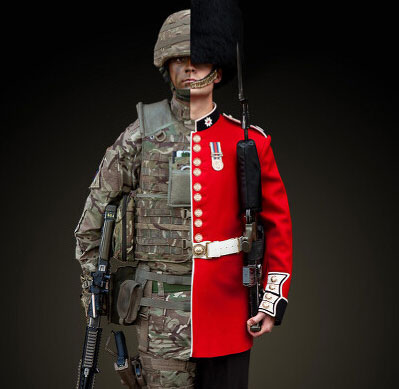
They
are first and foremost very highly trained infantry soldiers.
The Household Division:
This is made up from seven (7) Regiments, two Regiments of Household Cavalry
and five Regiments of Foot Guards. The
Household Cavalry are often seen on Horses with helmets (and swords), the Foot
Guards are noticeable by their Red Tunics and Bearskins.
This is made from two Regiments, The Life Guards and The Blues and Royals.
The Household Cavalry is normally mounted at the entrance to Horse Guards Arch
(known as the official main entrance to both St James's Palace and Buckingham
Palace).

Theses (mounted) sentries (who normally change every hour) are on duty every day from 10am until 4pm, at which time there is normally a dismounted parade of the Guard.
You can see the differences in Regiments as The Life Guards have a Red Tunic with White Plume, with the Blues and Royals having a Blue Tunic with Red Plume.
The Foot Guards are made up of five Regiments of the Household Division. Most will not notice the subtle differences in their uniforms but there are unique differences that identify which Regiment is on Duty. The Foot Guards can be seen at various places such as Buckingham Palace, St James Palace, The Tower of London & Windsor Castle.
To be able to see these differences you should pay particular attention to the Bearskin (head dress) Plume Colour, the Tunic Buttons (the spacing), and the Collar & shoulder badges.Foot Guard Differences:
The Grenadier Guards can be seen by noting the following:

Plume: White, worn on the left
Tunic Buttons: Singles
Collar Badge: Grenade
Shoulder Badge: Royal Cypher
The Coldstream Guards can be seen by noting the following:
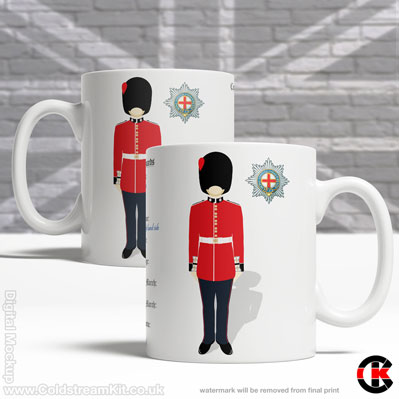
Plume: Red, worn on the right
Tunic Buttons: Pairs
Collar Badge: Garter Star
Shoulder Badge: Rose
The Scots Guards can be seen by noting the following:
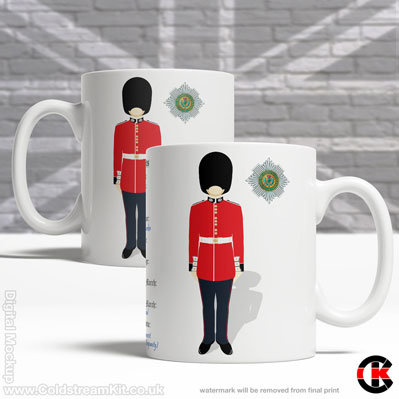
Plume: No plume worn in Bearskin
Tunic Buttons: Threes
Collar Badge: Thistle
Shoulder Badge: Thistle Star
The Irish Guards can be seen by noting the following:
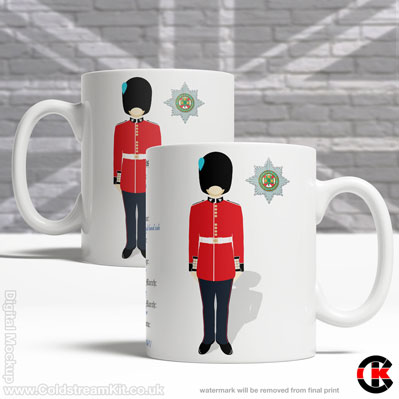
Plume: St Patrick's Blue worn on the right
Tunic Buttons: Fours
Collar Badge: Shamrock
Shoulder Badge: St Patrick's Star
The Welsh Guards can be seen by noting the following:

Plume: White, Green, White worn on the left
Tunic Buttons: Fives
Collar Badge: Leek
Shoulder Badge: Leek
The Seniority of the Household Division is not as straight forward as it may seem and does not necessarily mean the oldest (formed) Regiment is the most Senior. For a photo shoot you may often see the Foot Guards standing by order of buttons (1, 2, 3, 4 & 5).
More often than not, you will see the Regiments of the Household Division formed up in Household Division Seniority, which is seen on the ‘Guards Memorial Statue’ at Horse Guards Parade.
The Household Division Seniority is:
(The Household Cavalry will always be Senior to the Foot Guards due to their
appointment)
The Life Guards
The Blues and Royals
The Grenadier Guards
The Scots Guards
The Welsh Guards
The Irish Guards
The Coldstream Guards
The Household Cavalry will always be Senior to the Foot Guards due to their appointment.
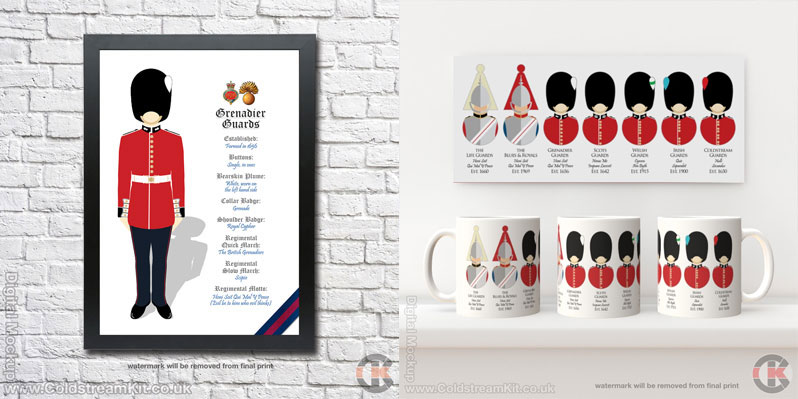
These are great for anyone that wants to identify the differences within the Regiments of the Household Division, and are available to see HERE.

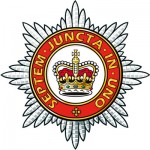
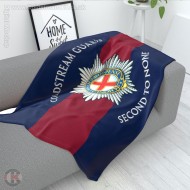
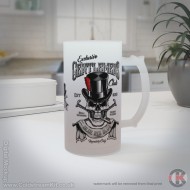



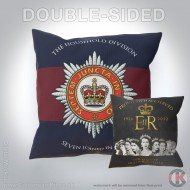

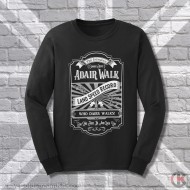

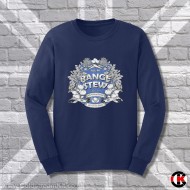
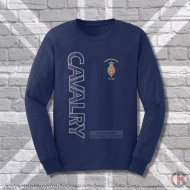
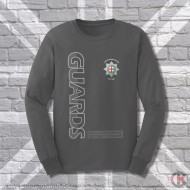

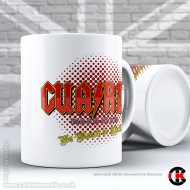
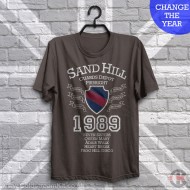
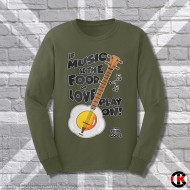
Leave a Comment